John Lewis, Primark, Debenhams and Selfridges will suffer some of the sharpest increases in business rates on their flagship West End stores in April, new research has found.
Property advisers Altus Group have revealed Selfridges will suffer the steepest increase in business rates in the West End – a hike of £6.47m –at the start of the next financial year, compared to 2016/17.
The department store operator will pay an eye-watering £17.7m in rates on its Oxford Street store in 2019/20.
Selfridges topped the list of 20 West End locatons facing the steepest rates increases, which also features John Lewis, Debenhams, Primark, Marks & Spencer, House of Fraser and Topshop.
Like Selfridges, John Lewis is braced for a 59% hike in its annual business rates bill on its Oxford Street store to £10.4m, while embattled neighbour Debenhams faces a similar increase to £5.4m.
| Store | Rates Payable 2016/17 | Rates Payable 2019/20 | Third year change (£) | Third year change (%) |
|---|---|---|---|---|
| Selfridges 398-454, Oxford Street | £10,929,380 | £17,407,280 | £6,477,900 | 59.27% |
| John Lewis 278-306, Oxford Street | £6,555,560 | £10,432,840 | £3,877,280 | 59.14% |
| Louis Vuitton 17-20, New Bond Street | £2,005,960 | £4,427,800 | £2,421,840 | 120.73% |
| Debenhams 334-338, Oxford Street | £3,407,030 | £5,433,880 | £2,026,850 | 59.49% |
| Ralph Lauren 1-5, New Bond Street | £2,083,510 | £4,050,520 | £1,967,010 | 94.41% |
| Chanel 158-159, New Bond Street | £1,633,270 | £3,458,400 | £1,824,680 | 111.69% |
| Marks & Spencer 456-472, Oxford Street | £2,993,430 | £4,820,800 | £1,827,370 | 61.05% |
| House of Fraser 308-332, Oxford Street | £2,931,390 | £4,721,240 | £1,789,850 | 61.06% |
| Burberry 21-23, New Bond Street | £935,770 | £2,661,920 | £1,726,150 | 184.46% |
| Christian Dior 160-162, New Bond Street | £1,106,380 | £2,766,720 | £1,660,340 | 150.07% |
| Primark 14-24, Oxford Street | £1,509,640 | £3,065,400 | £1,555,760 | 103.06% |
| Primark 499-517, Oxford Street | £1,825,010 | £3,327,400 | £1,502,390 | 82.32% |
| Topshop 214-218 Oxford Street | £2,347,180 | £3,835,680 | £1,488,500 | 63.42% |
| Forever 21 360-366, Oxford Street | £1,969,770 | £3,364,080 | £1,394,310 | 70.79% |
| Victoria’s Secret 111-117, New Bond Street | £1,473,450 | £2,845,320 | £1,371,870 | 93.11% |
| Marks & Spencer 169-173, Oxford Street | £2,145,550 | £3,500,320 | £1,354,770 | 63.14% |
| Nike 230-236, Oxford Street | £1,432,090 | £2,703,840 | £1,271,750 | 88.80% |
Premises in the West End collectively paid £1bn in business rates during the 2016/17 financial year, the final year before business rates were revaluated.
In 2019/20, that will rise to £1.36bn, representing a third-year cumulative tax increase of £359.9m and a £45.3m increase on the 2018/19 financial year.
The £900m of business rates help announced by Chancellor Philip Hammond in the Autumn Budget last year came into effect on April 1, but will only impact small value premises with a rateable value of less than £51,000.
It means that almost 8,000 commercial properties in London’s West End – many of which are occupied by retailers – are not eligible for aid.
Instead, Altus said that September’s CPI rate of inflation of 2.4%, coupled with the third year of phased increases in business rates liabilities for large properties, will create a “double whammy” of tax rises.
Altus head of UK business rates Robert Hayton said: “Rents paid determine rates and, at the assessment date for the 2017 revaluation, demand for space was strong and record rents were being set resulting in very large increases in rates compared with the previous assessment date seven years earlier.
“A premium is often paid by a small number of luxury retailers in order to have a presence, even when loss making of itself, in the West End. There are independents forced to pay equally high rents to get into an effective retail clique - many of which find they cannot then support the burden of high rates those rents lead to.”





















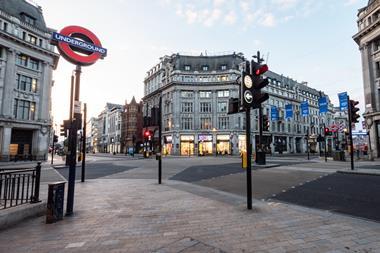
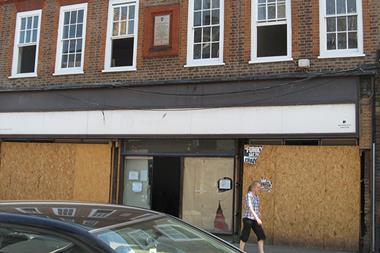
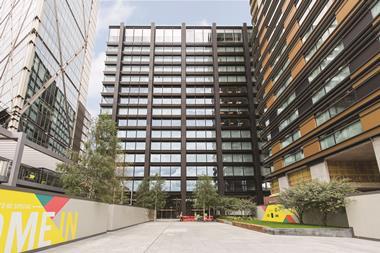
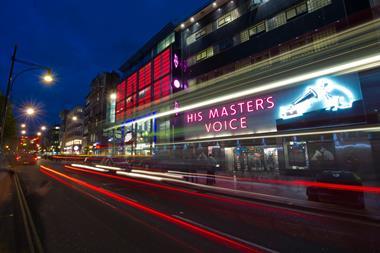
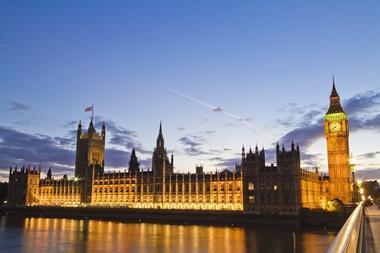
2 Readers' comments